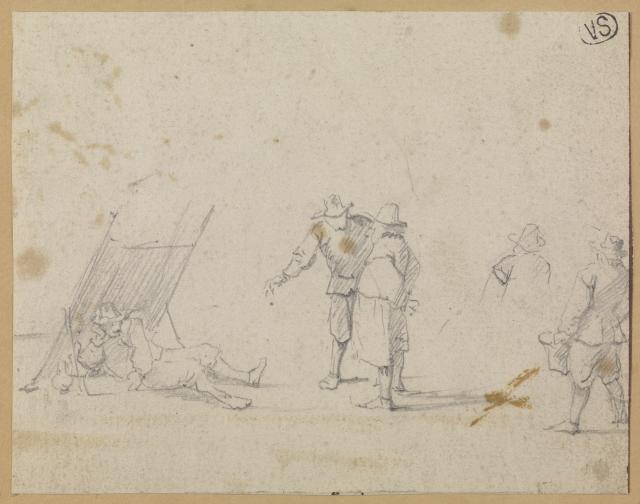


Regarding the design of paintings, sculptures, glass panes, wall tapestries, silverware and architecture, the artists from the Baroque period generally begin with small sketches on paper (pensieri). The early ideas are further realised in a drawing, study in oil, or with a clay or wax model. Such a primary articulation of a concept is called a bozzetto. It renders the principal forms and lighting. On the basis of this rendering, an artist then makes detailed studies of faces, hands, clothing and ornamentation. In a consequent step, he determines which colours he will use. All of the ancillary details he brings to the fore in order to create a more precise image of his design in the form of a modello. Some painters chose to do all of this preparatory work immediately on a panel or canvas. That the artists plan and realise the entire process from A to Z of their works of art is rather exceptional in the Baroque. Usually, the designer gives a faithful modello to a painting or sculpture assistant, engravers, tapestry weavers, silversmiths or a contractor who then goes to work on it. With regards to designs for prints, wall tapestries and glass panes, the design is on the same scale as the ultimate work of art. In the latter two cases, it is done with paperboard on a large scale. In the 17th Century, designs, bozzetti and modelli served merely as working drawings and one only showed the final work as art. That changed when the art lovers began to collect design drawings because of their intrinsic beauty and element of curiosity.
Nico van Hout
CC BY (Creative Commons 4.0)